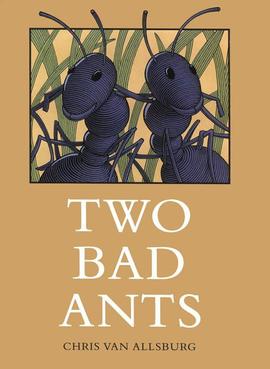Ok, I admit it- until I really took the time to do some research this year, I really didn't understand the importance of teaching perspective. I was teaching a specific standard that my kiddos were struggling with, RL.5.6 - Describe how a narrator's or speaker's point of view influences how events are described.
I did a lesson on point
of view, and my kiddos seemed to understand the basics of it. We did a few
activities over the course of a week, and then we dove into our assessment:
rewriting a story from another character's point of view. We had recently finished Shiloh, so I had my students rewrite the ending from Judd's point of view. If you aren't familiar with the book- he is the villain. I was expecting to see the kids produce writing that really showed how different the story would be from his point of view, with lots of character thoughts and feelings included. Shockingly, most of my kiddos wrote the same scene, but changed it to first person point of view. Every time it said Judd in the text, they changed it to either "I" or "me" and called it a day. I was shocked! I re-evaluated my lesson, and decided to start fresh the next week.
After researching over the weekend and looking for new ideas, I realized something important. I hadn't taught my kiddos about perspective! Understanding the difference is difficult, and requires some really explicit teaching, but I am glad I did it.
Perspective is rooted deeply in a person's schema, or experiences and background knowledge. Everyone's unique schema causes them to see a situation in their own distinctive way. For example, someone who has never seen the ocean before will react differently to it than someone who spent their summers at a beach house. Similarly, someone with a lot of experience with children will react differently to a school at dismissal time than someone who has limited experience. In the same way, positive or negative experiences with something will influence your future interactions with that thing or something like it. In order to truly understand point of view, it's important to understand how the character's schema will affect how the story is told.
After talking about this anchor chart, we read Two Bad Ants by Chris Van Allsburg. If you haven't read this book, it's adorable, and a classic for teaching point of view.

A couple days later, we read Bad Road for Cats by Cynthia Rylant (available in PDF if you google it!) and talked about Magda's perspective in the story. We picked out text evidence in our discussion that showed how her perspective was influencing the way the story was told. Then, talked about how the story would be different if the boy told it. We worked together to make a graphic organizer showing his perspective. I did this on my laptop and projected it to the class. Here is what we came up with.
Finally, we rewrote the story from the boy's point of view. What a difference in their writing! Just about everyone showed the character's feelings and thoughts in their writing. Most of them even gave insight into the character's motivations. We really hit on the standard, the kids told me that considering another point of view or perspective just "made sense" now. It was a seriously fantastic unit that the kiddos really enjoyed.

The story is about two ants that go into a house on a mission to find sugar crystals for their queen, and decide to stay behind to live in the sugar bowl. They go through several misadventures, including landing in a cup of coffee and almost being swallowed by a human. Eveything is told from ants perspective- the coffee is described as a lake of "bitter, brown, boiling liquid," and man drinking the coffee is described as the "the lake tilted and began to empty into a cave. The ants could hear the rushing water and felt themselves pulled toward the pitch black hole." We then worked together and made a T chart comparing the descriptions from the ant's perspective with descriptions from the person's perspective. Sadly, I forgot to take a picture of it and threw it while preparing my room for PARCC testing. :(
A couple days later, we read Bad Road for Cats by Cynthia Rylant (available in PDF if you google it!) and talked about Magda's perspective in the story. We picked out text evidence in our discussion that showed how her perspective was influencing the way the story was told. Then, talked about how the story would be different if the boy told it. We worked together to make a graphic organizer showing his perspective. I did this on my laptop and projected it to the class. Here is what we came up with.
Finally, we rewrote the story from the boy's point of view. What a difference in their writing! Just about everyone showed the character's feelings and thoughts in their writing. Most of them even gave insight into the character's motivations. We really hit on the standard, the kids told me that considering another point of view or perspective just "made sense" now. It was a seriously fantastic unit that the kiddos really enjoyed.





